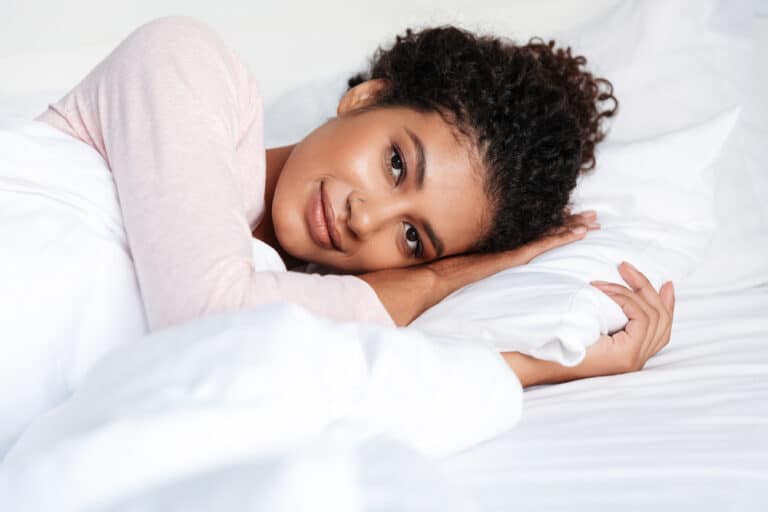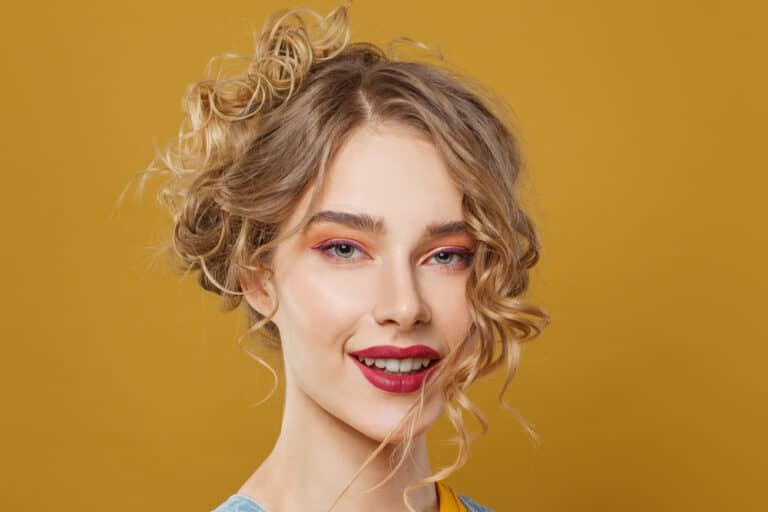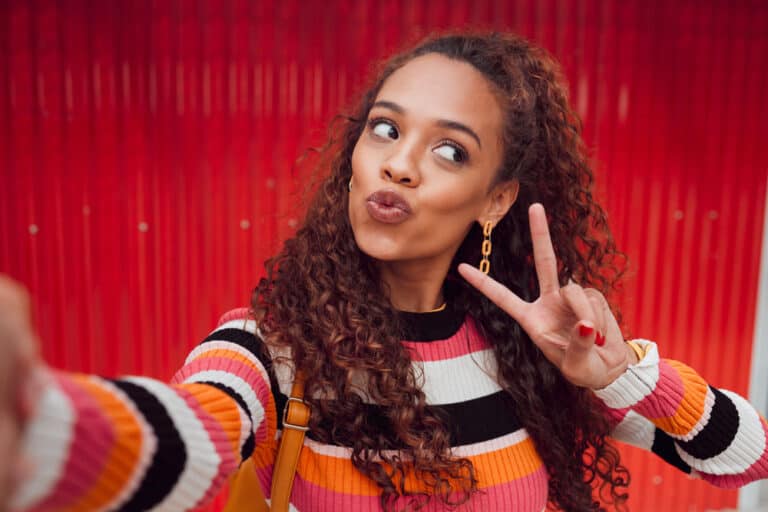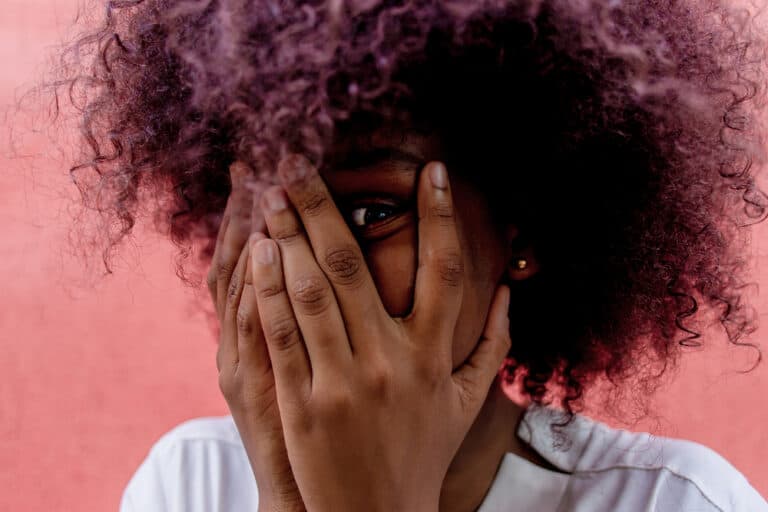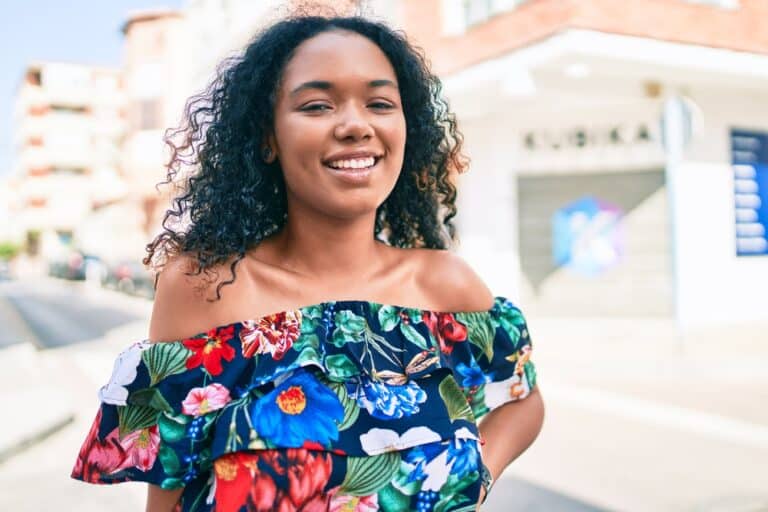Shadow Root vs Balayage: Differences, Color Options, Technique, Cost, and More
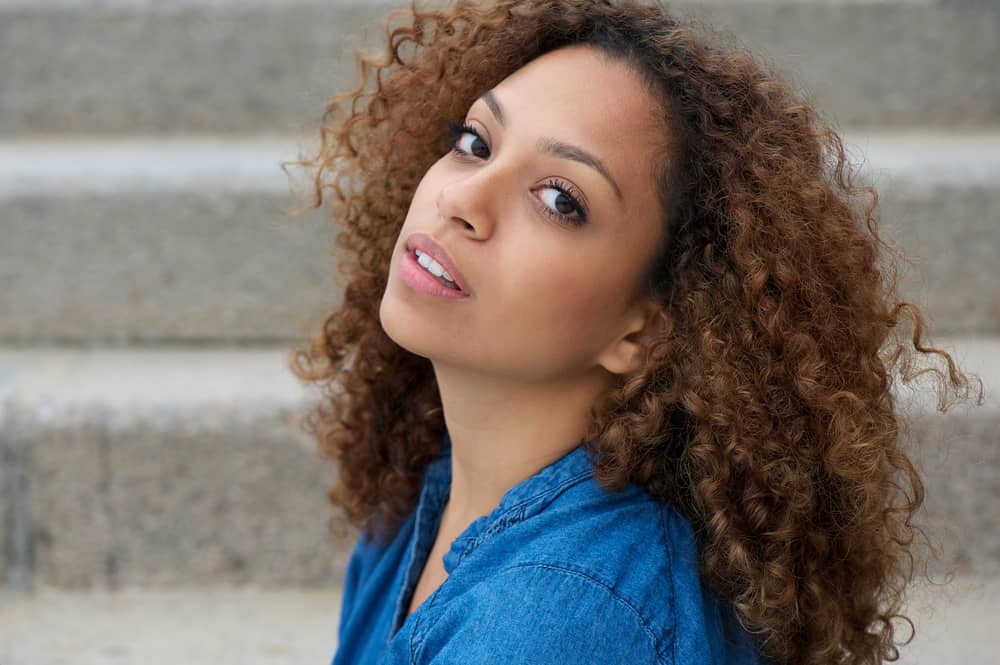
There are countless trendy hairstyles and treatments available, many of which get confused due to their similarities. Two of these are the balayage and shadow root coloring techniques.
Though these two techniques may seem similar, they have several differentiating qualities that you should know about. If you’re interested in trying either balayage or root shadowing but don’t know which is right for you, we can help.
Table of Contents
What Is a Shadow Root?
After coloring your hair, your roots begin to grow in a different color (i.e., your natural color). And when it happens, it creates an unsightly line of demarcation, which is a straight line between your natural hair and the colored hair.
The shadow root coloring technique, also called root shadowing or the shadow root hair technique, mimics this line of demarcation, but with a much more natural gradient.
Professionals achieve this look by applying a dark color only to your undyed roots.
Traditionally, the dye used must be within a few shades of your root color if you want a natural look as your hair grows back in. Though, some people prefer to rock shadow roots in fashion colors, like blue, pink, or green.
Since there are no straight lines, it looks more like a “root ombre” than your root growth. You will also hear people refer to this process as a root smudge, root melt, or root shadow.
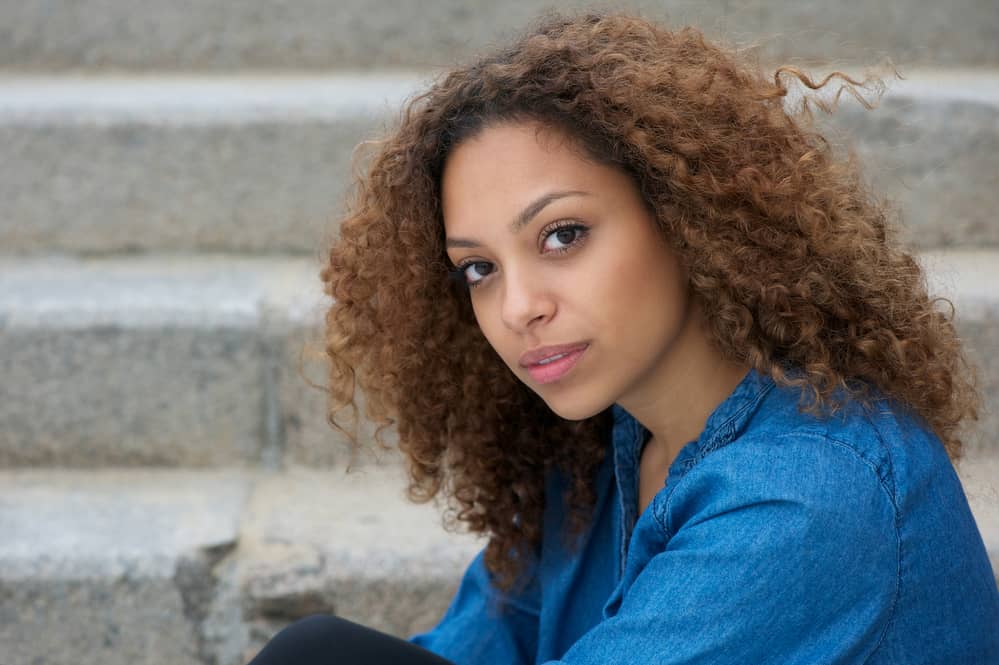
What Is Balayage?
The word “balayage” is French for “to paint” or “to sweep,” which is synonymous with how stylists apply the dye for the technique. They paint it on using V or W shapes at the top of the bleached area. This application technique creates a natural blend of light hair at the ends and darker hair near the roots.
Shadow Root vs Balayage: Key Differences
Now that you understand the basics of both root shadowing and balayage, it’s time to dive a little deeper. There are a few differences between the shadow root style and the balayage technique that not everyone is aware of. We’ll get into each of them below.
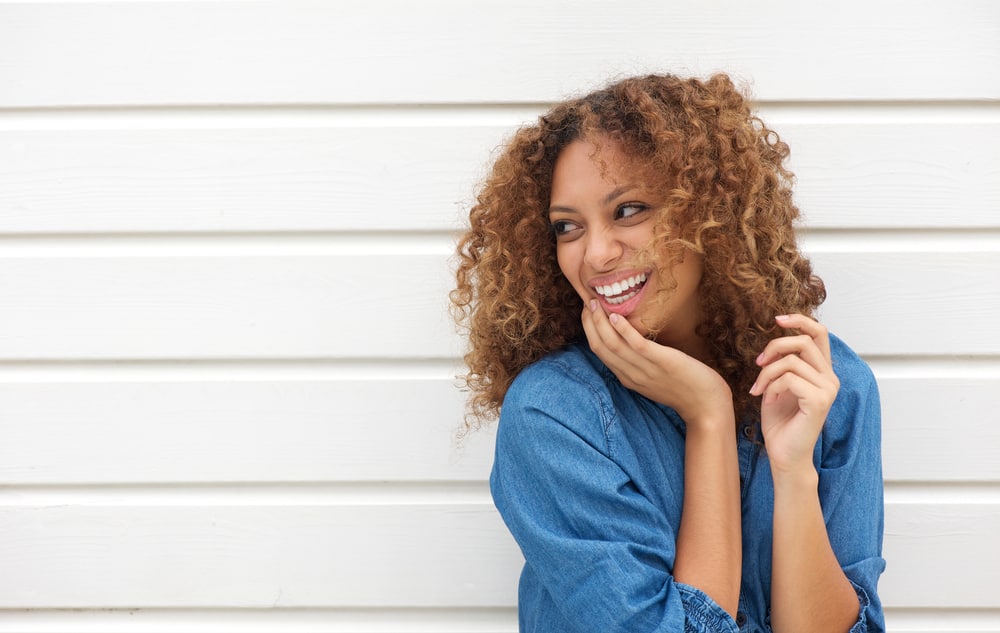
Technique
The shadow root technique involves applying a darker dye to the root area. It creates a natural, lived-in look that mimics natural root growth (i.e., “shadowed roots”).
Balayage is similar to the shadow root style since it incorporates a type of blending where the darker hair is up top and the lighter hair is on the bottom. The difference is in the way the stylist applies the color.
The balayage technique focuses on lightening the ends of the hair. It creates bottom highlights that blend naturally into your natural color closer to the roots.
People love the method because it gives the hair a naturally sun-kissed appearance. Sometimes you’ll hear people refer to the balayage process as a “shadow root balayage”.
Note: It’s always best to clarify (e.g., take a picture of your desired look) if you’re going to the hair salon since the terminology can be confusing.
Ease of Application
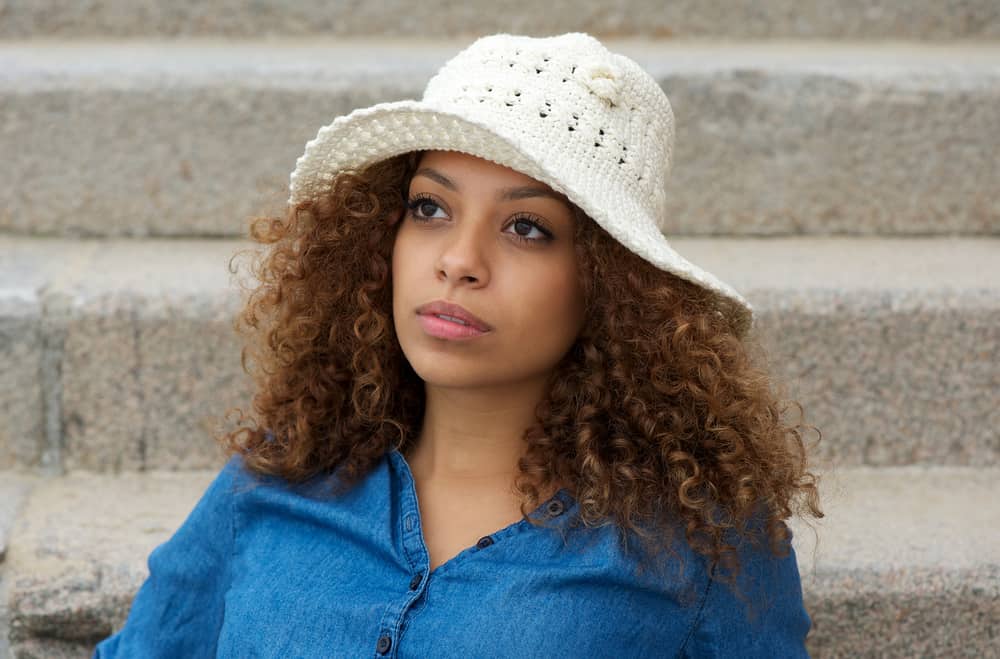
Applying the shadow root technique to your hair is relatively easy – virtually anyone can do it at home. First, you’ll need to buy a dye that looks similar to your natural color.
Since the root shadowing technique requires you to blend the roots with the mid-lengths, you don’t need to be overly precise in the dye application. As long as you can mix up the dye and use a tinting brush, you should achieve an excellent shadow root.
It isn’t as easy to accomplish a balayage dye job at home. The painting technique is challenging to execute on your own hair. Though it’s not impossible, it is tricky to get that natural sun-kissed look, especially on the back sections. Unless you have experience with this technique, it is best to leave it to the professionals.
Cost
The shadow root and balayage techniques are low-maintenance, requiring few trips to the salon to maintain the look. Despite that, they have different initial costs.
A shadow root requires only applying a darker color to the root area. It isn’t a costly treatment (around $100 on average), plus you can save money by doing it yourself at home.
Balayage requires a more time-consuming application. Depending on the stylist and the length of your hair, you could be spending $200 to $500 on this technique. If you need more than one appointment to achieve the color you want on the ends, the price goes even higher.
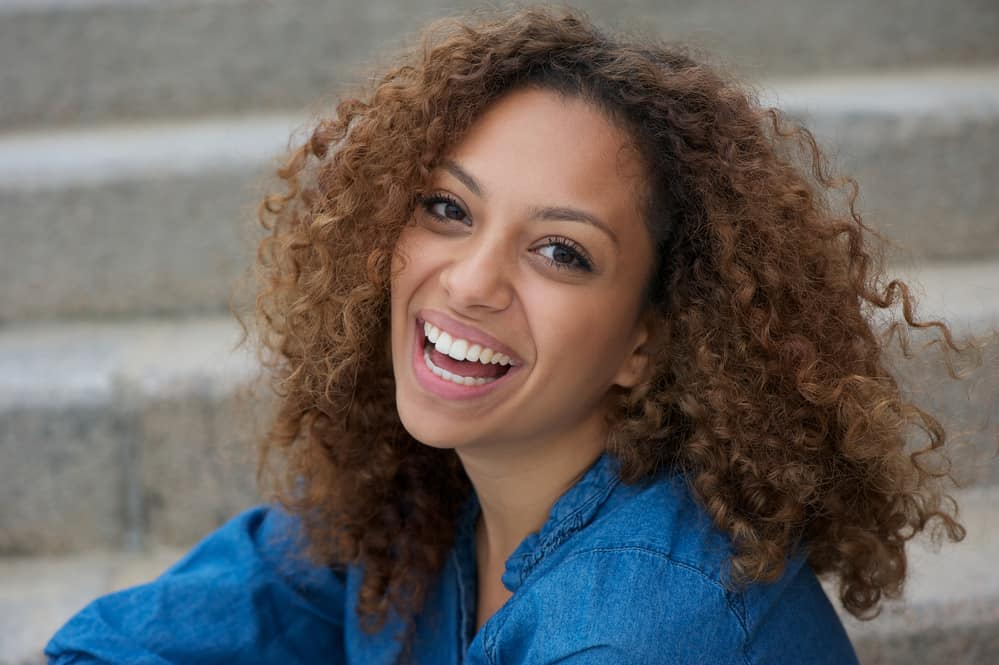
Color Options
The color options available for a shadow root are pretty limited. This is because the style is designed to blend your roots with the lighter areas below. For instance, if you have naturally blonde hair, you won’t want to apply dark brown dye to the root area.
As your roots grow out, the new blonde hair will look strange against the brown shade, especially with the lighter hair below.
To avoid this strange transition, a color that matches the tone of your natural hair is a much better choice. It doesn’t need to be identical, though it should be within three shades to maintain the natural look.
One of the best things about the balayage technique is its versatility. It uses bleach to lighten the mid-lengths and ends of the hair. Once this is completed, you can use a toner to further adjust the color.
You can also apply a new color to complement the darker shade above. In addition to various shades of blonde or light brown, you can use red, pink, or even blue. The shade options are virtually endless for this technique.
Pros and Cons of Shadow Roots
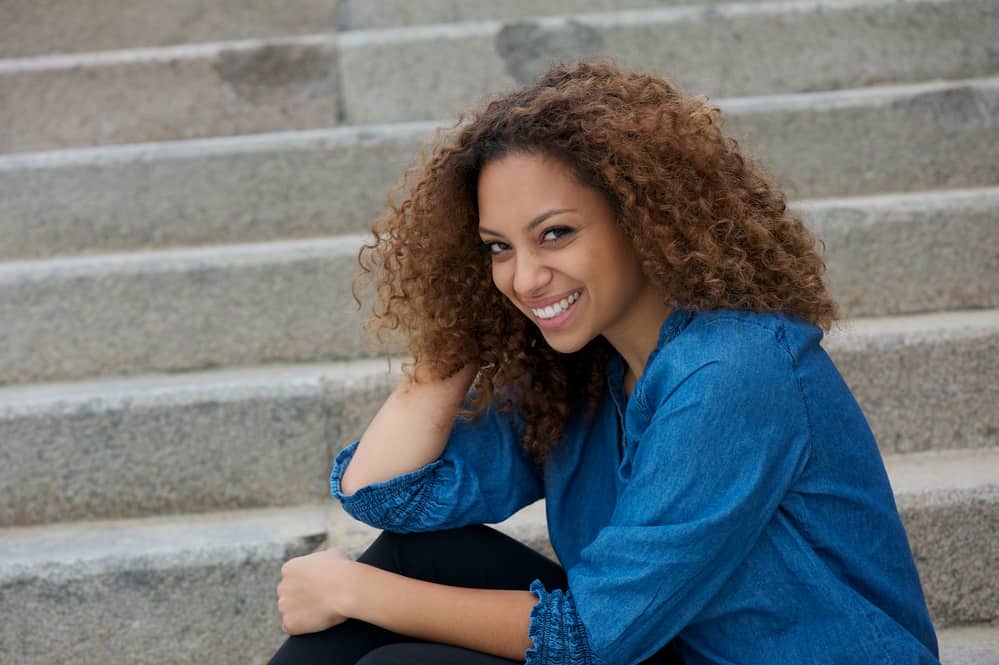
There are a variety of benefits to trying out a shadow root, though it may not be the right choice for everyone. Let’s take a look at the pros and cons of this look to help you decide whether you should give root shadowing a try.
Pros
- It is easy to apply at home, even for beginners who have never dyed their hair.
- It is surprisingly cheap for a professional application.
- This style is low-maintenance, only requiring touch-ups every 2 months or so.
- You can apply it to any hair color.
- It works on all hair lengths.
- This technique is suitable for all hair textures.
- It gives your hair a delightfully imperfect color result.
Cons
- You are limited to dye color options within three shades of your natural color.
- It needs to match the tone of the lower hair (ashy to ashy, warm to warm).
Pros and Cons of Balayage
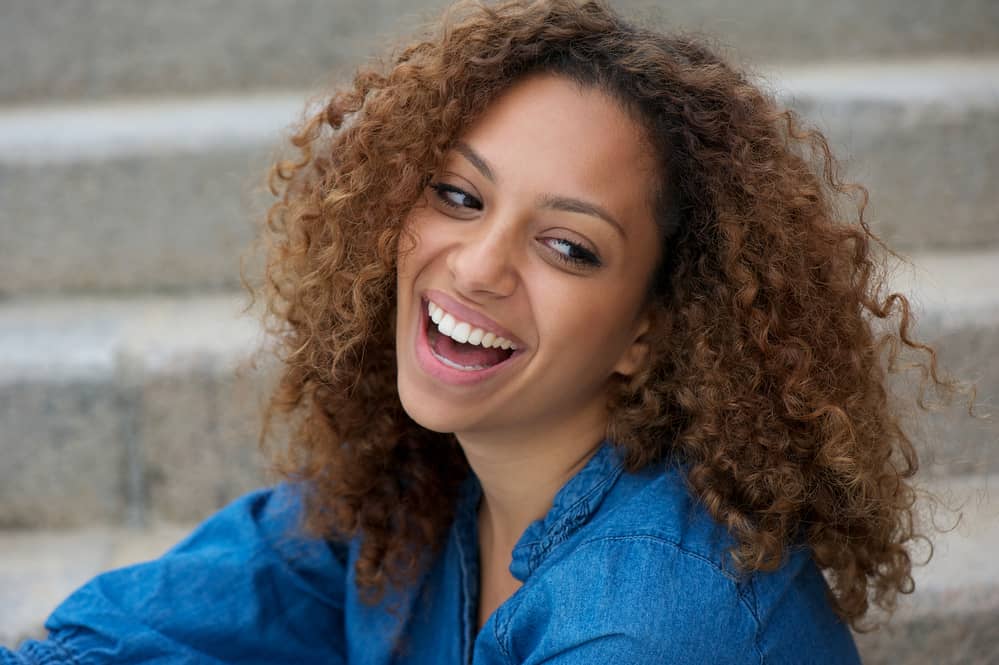
Though the balayage technique offers an incredibly natural look, certain factors may make it a bad choice for you. The following pros and cons may help you arrive at the right decision.
Pros
- You can apply a variety of colors to the ends for a look that matches your personality and makes a statement when you’re out and about.
- It requires very little maintenance.
- It can be done on any hair texture.
- The look can be applied to any hair length, though it looks best on longer hair.
- It can be customized to match your skin tone and facial features.
- Regrowth lines are barely noticeable.
Cons
- It is expensive, which makes a professional balayage treatment unattainable for many.
- It is best done by a professional or those who have firsthand experience doing the technique.
- The application process can take several hours, depending on hair length and thickness.
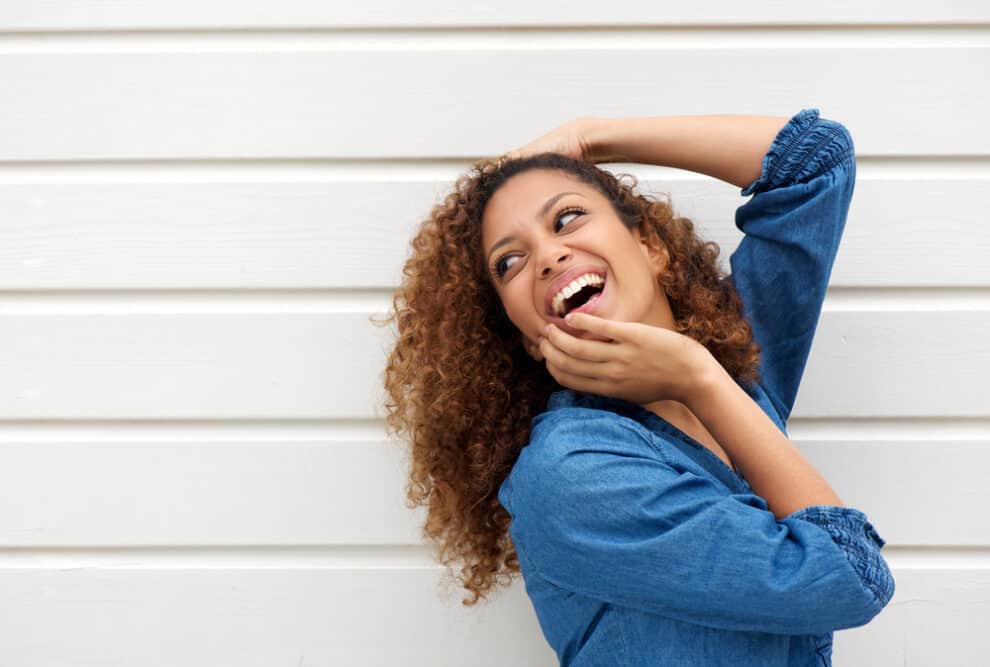
- How to Do Balayage on Black Hair at Home
- What Is a Partial Balayage vs Full Balayage?
- What Are Hair Streaks vs Highlights?
- How Long Does It Take To Get Highlights
The shadow root and balayage techniques offer similar final results, with darker roots blended with lighter ends. Despite these results, these two styles are more different than most people realize. Their application methods, cost, and even available color options vary widely.
Now that you know the differences between the two, you’ve got all you need to choose the right one for you. The good news is that both shadow roots and balayage look amazing on everyone, so you really can’t go wrong. We wish you the best as you choose the perfect technique for your next great hairstyle.

